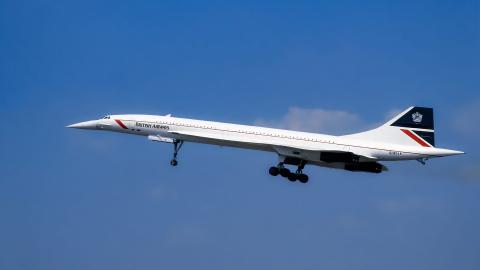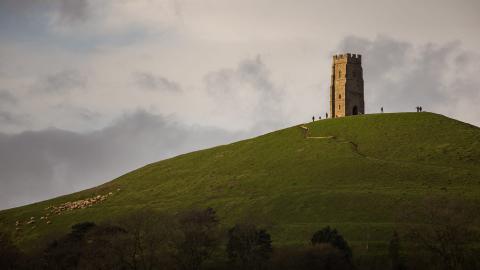He who drinks a tumbler of London Water has literally in his stomach more animated beings than there are Men, Women and Children on the face of the Globe.
Sydney Smith, Anglican Cleric
Imagine the smell that three million Londoners could make if their toilets poured into overflowing cesspools or drains in the street, or if they emptied chamberpots out of their windows. It's unthinkable now, but that was reality in 1855.
By the middle of the nineteenth century, the Victorians knew this wasn't healthy, but not why. When Queen Victoria came to the throne, only half of London's infants lived to their fifth birthday. Diseases such as cholera were rife in the capital.
The first recorded case of cholera in England was in Newcastle in 1831, and there were major outbreaks in 1849 and 1854. But there was no cure and no treatment. Since Roman times, it had been thought that diseases like malaria – and, by extension, cholera – were spread in the air by 'miasmas' or terrible smells. This was why the Romans had built sewers – to get rid of the smells, not the sewage.
It took some clever deduction by Dr John Snow, later immortalised at a Soho pub, to find the true cause. Having attended many patients during the 1849 outbreak without contracting cholera himself, he realised that it could not be transmitted through the air. Then, the pattern of an outbreak in 1854 in Soho allowed him to track the source to a popular water pump in Broad Street (now Broadwick Street). Particularly telling was the fact that none of the 70 workers in the local brewery died, as they only drank beer.
Although Snow was unaware of it, a sewer was leaking into the Broad Street well. Sadly, such cross contamination between the sewage system and water supplies was typical. Only when the problem was literally forced up the noses of MPs at their new Houses of Parliament during the 'Great Stink' in the summer of 1858 did something get done about it. Parliament gave £3 million to the Metropolitan Board of Works to sort out the problem. The task was taken on by chief engineer Joseph Bazalgette, who designed and constructed five major brick-lined sewers measuring 132 km (82 miles); three north of the river and two to the south. These connected with existing sewers and pumping stations were built at strategic locations to keep the sewage flowing.
Bazalgette's sewers are partly hidden beneath the vast embankments alongside the Thames, including the Victoria and Albert Embankments. These changed the shape of the river and you can still see stranded water gates at various points that mark its original edge.
Building London's sewers was the biggest civil engineering project in the world at the time. Sadly, delays to allow the embankments to also house new Underground lines meant that a final cholera epidemic hit London in 1866. The sewers were completed around 1870, with two extra sewers added about 1910. Still in use today, they can handle up to 1.8 billion litres (400 million gallons) of sewage a day. Although they are in great need of repair and replacement, London without them is unthinkable.
Did you know?
By 1875, engineer Joseph Bazalgette had spent £6.5 million building or revamping 2,100 km (1,300 miles) of sewers in London.
















